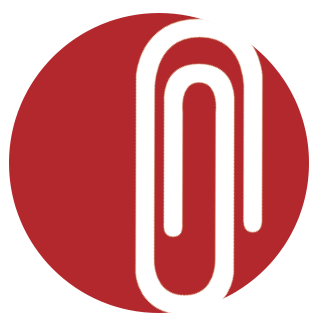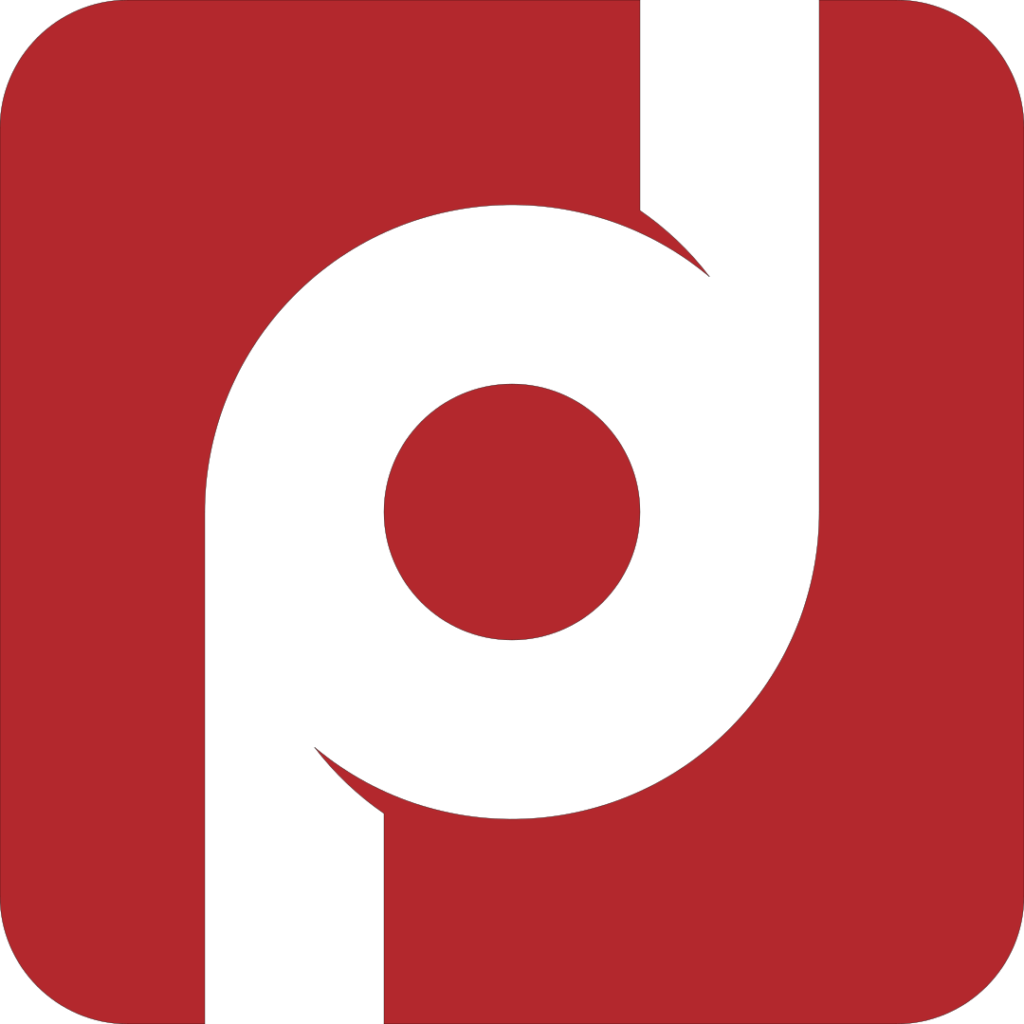We recently updated some brand elements and wanted to share both the updates as well as the reasons behind the updates with you, our valued audience.
We’ve updated our logo and tagline. The company name and web address are unchanged.

the new Parts Dashboard banner
New Logo
We’re calling the new logo “the turbine”, where the old one was “the paperclip” (for obvious reasons).

the older “paperclip” logo

the new “turbine” logo
Why Change The Logo?
There are a couple of downsides to the old logo. The point of it was a metaphor for collecting together all of your loose information and bundling it together. The issue there is that when read directly it relates to paper objects whereas Parts Dashboard is all about digital, so that felt off to some people. The other issue is that the paperclip iconography is used in lots of different ways by lots of different companies — it’s not remotely unique (although our version is a unique design).
The new turbine logo is uniquely designed for Parts Dashboard; it feels more modern; and it represents a machine, which is a lot of what we are about. It also has the letters ‘p’ and ‘d’ (the company initials) incorporated into it.
New Tagline
Our new tagline is “Manufacturing Made Easy”.
Why Change The Tagline?
This change reflects the product development journey that Parts Dashboard has been on since we came up with the previous tagline, which was “Design Organization Made Easy”.
The reason is that previously we were focused more on the front end of the manufacturing organization, which was design and management of the information surrounding it. Things like managing parts lists, different configurations of BOMs / assemblies as the design went through various iterations, sourcing of the different items, and documenting changes to the design.
As we’ve evolved the product we’ve broadened the scope to handle more and more manufacturing tasks. The key of these is inventory management, and the processes around that. We have:
- detailed procurement systems to keep track of multiple price breaks for an item, or alternate vendors for it
- sales orders to collect together information about your customer, what’s they’re purchasing and at what price, when it’ll be available, and any inventory transactions related to that
- purchase orders to get inventory recorded into the system and then aid in receiving it at the loading dock
- (soon to have) production orders to send jobs to your factory floor, track their progress, and handle all inventory operations for the job


